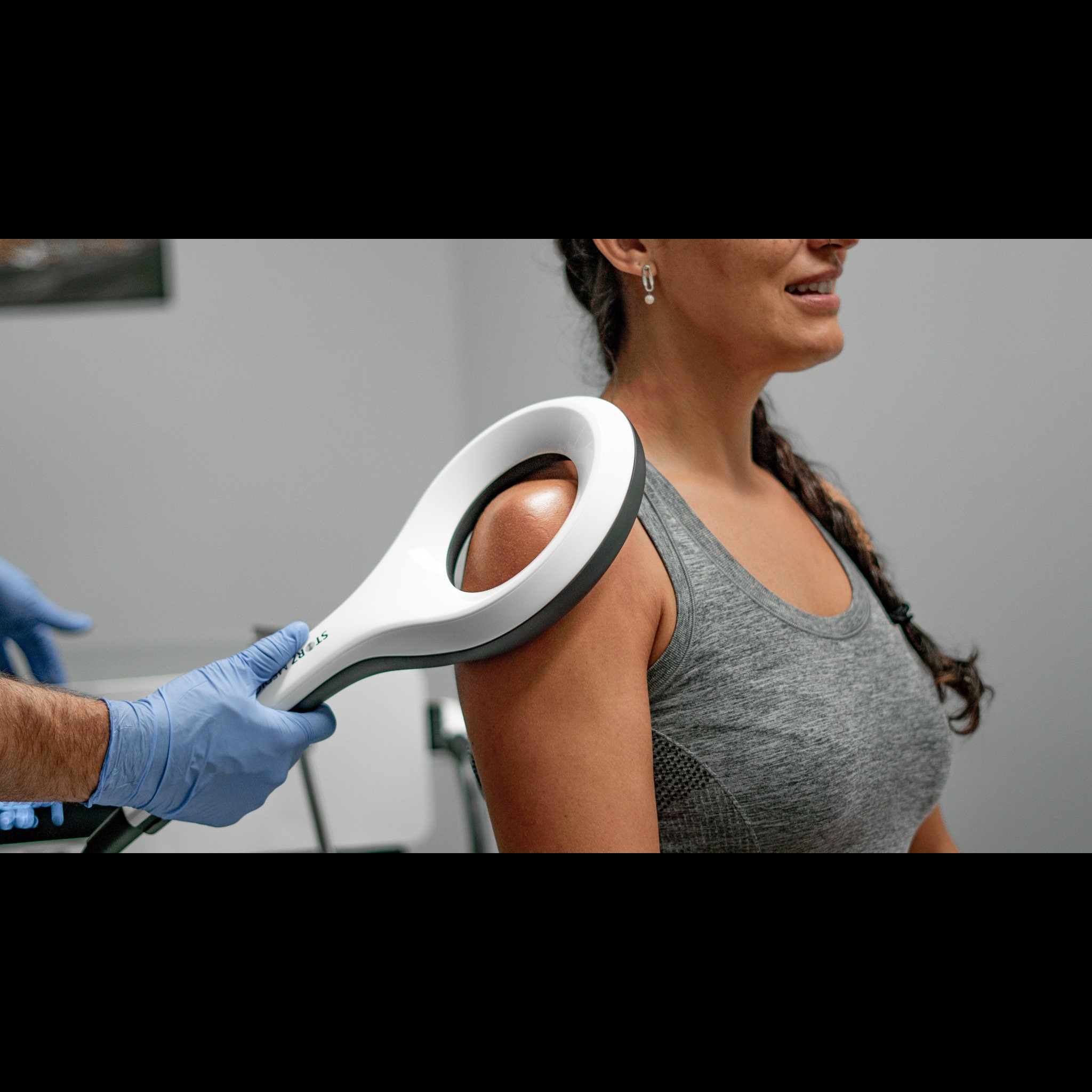
EMTT – Extracorporeal Magnetotransduction Therapy In Rohini
EMTT – Extracorporeal Magnetotransduction Therapy is a non-invasive treatment that uses high-energy, pulsed electromagnetic fields to stimulate healing at the cellular and metabolic level. It’s a relatively newer technology, often used alongside shockwave therapy (like FSWT or RSWT) for enhanced results in treating musculoskeletal and orthopedic conditions.
⚙️ How EMTT Works
- EMTT uses high-frequency electromagnetic pulses (up to 20 Hz) with magnetic field strengths of up to 80 mT (millitesla).
- These pulses penetrate deep into tissues (up to ~18 cm) and interact with cell membranes to:
- Increase ion exchange and cell metabolism
- Promote tissue regeneration
- Reduce inflammation
- Enhance blood circulation
Unlike traditional PEMF (Pulsed Electromagnetic Field Therapy), EMTT delivers significantly higher energy levels in a shorter time, which is believed to lead to stronger biological effects.
✅ Indications for EMTT
Common conditions where EMTT is applied include:
- Chronic joint pain (e.g. osteoarthritis)
- Tendinopathies (e.g. tennis elbow, Achilles tendinitis)
- Back and neck pain
- Muscle strains or injuries
- Bone healing support (e.g. stress fractures, delayed unions)
- Inflammatory conditions (e.g. bursitis)
🧪 Scientific Evidence
- Clinical evidence for EMTT is emerging but still limited compared to more established therapies like FSWT.
- Early studies and case reports suggest it may be effective for:
- Accelerating healing
- Reducing pain and inflammation
- Enhancing the effects of shockwave therapy when used together
🆚 EMTT vs PEMF (Pulsed Electromagnetic Field Therapy)
FeatureEMTTPEMFField StrengthUp to 80 mTUsually <10 mTFrequencyHigh-frequency pulses (up to 20 Hz)Lower frequency (0.1–30 Hz)Penetration DepthUp to 18 cmTypically <8 cmTreatment DurationShorter sessionsLonger sessionsClinical UseOften combined with FSWTStandalone or home therapy
⚠️ Side Effects and Safety
- EMTT is non-invasive and generally safe.
- Mild, temporary side effects might include:
- Local warmth
- Tingling
- Temporary fatigue or dizziness
- Contraindications:
- Pacemakers or implanted electronic devices
- Pregnancy
- Metal implants near the treatment site
🔁 Treatment Course
- Sessions: 6–10 treatments, 2–3 per week
- Duration: 15–20 minutes per session
- Often combined with FSWT to maximize tissue repair and reduce downtime








